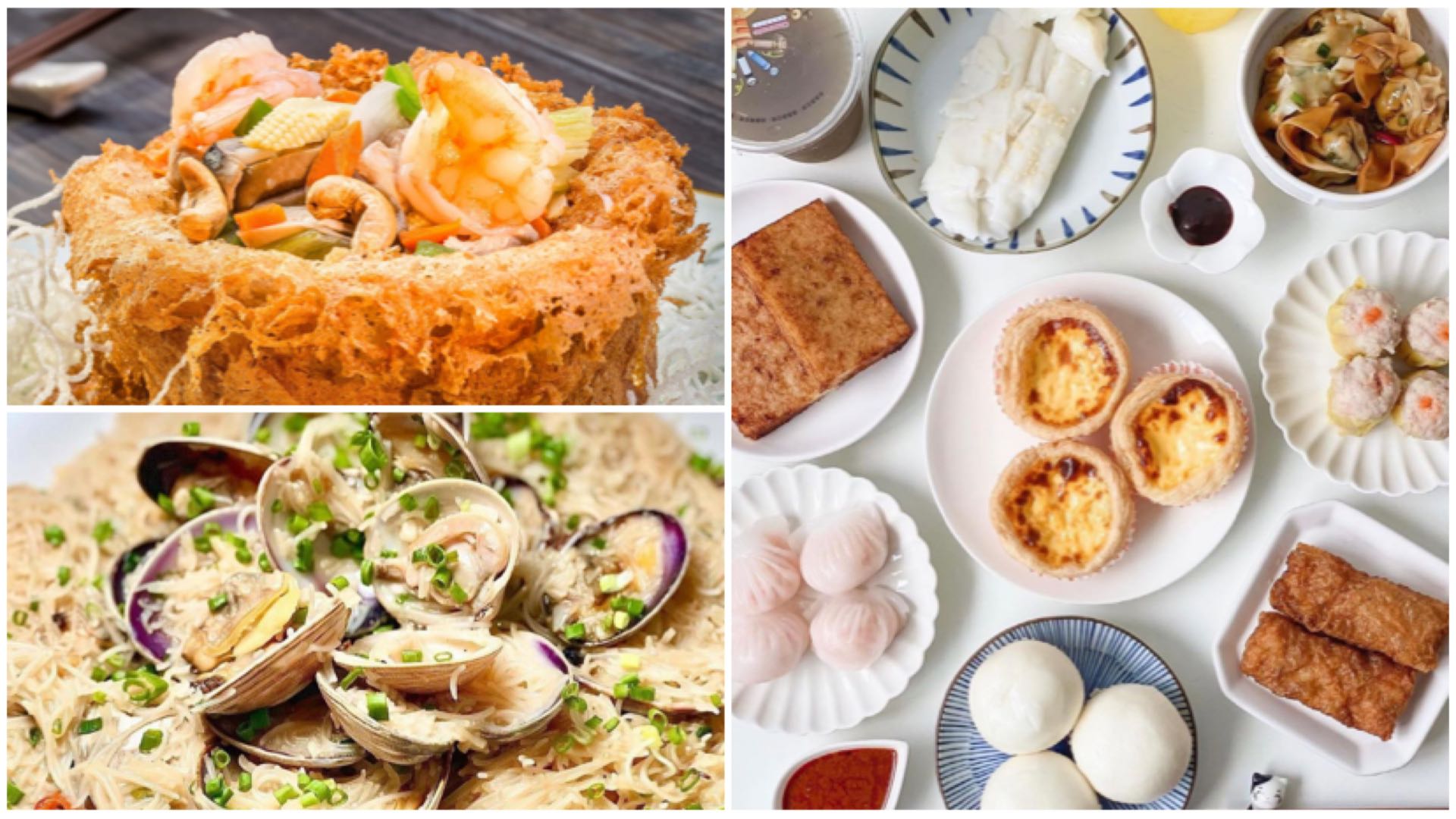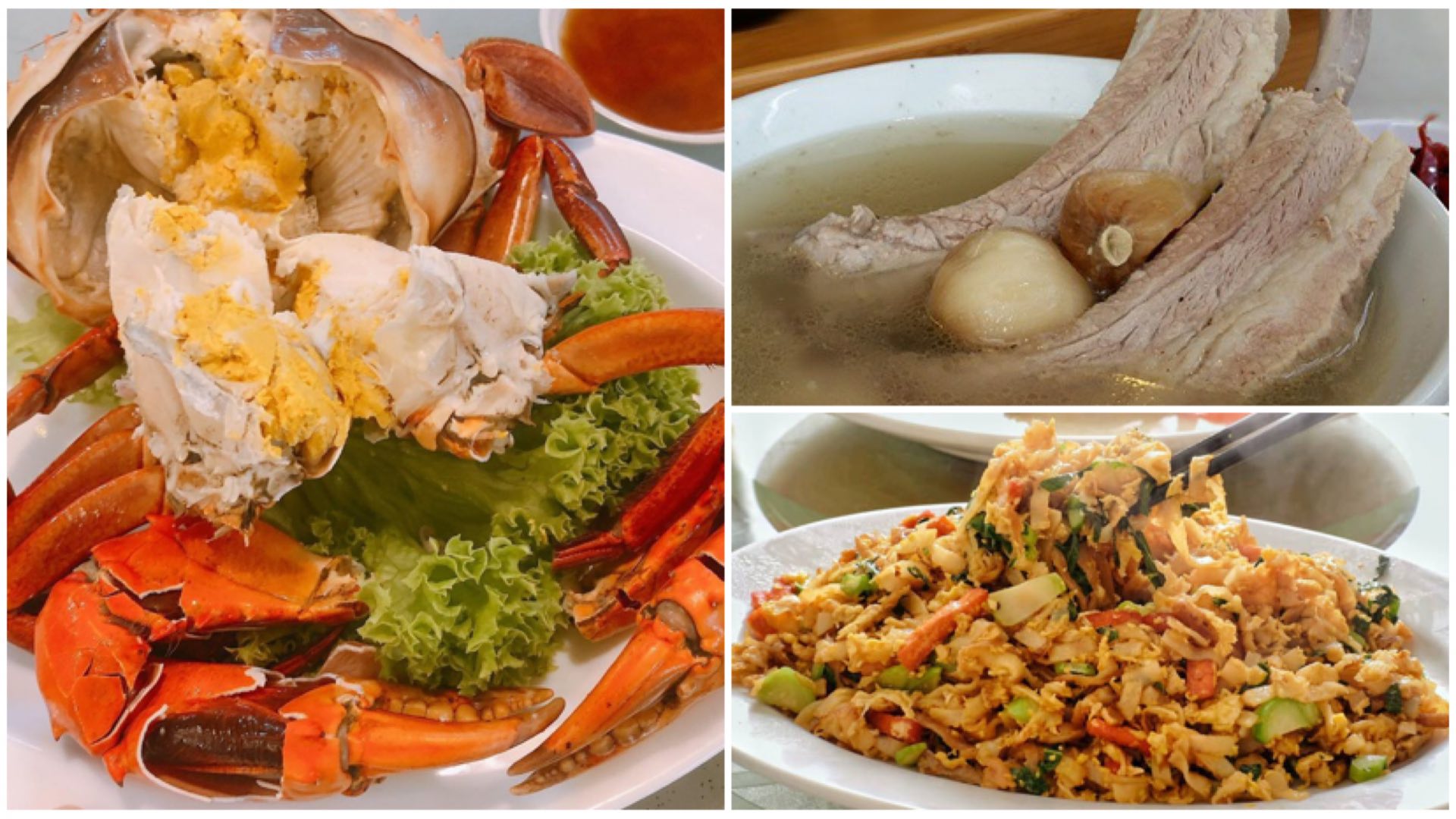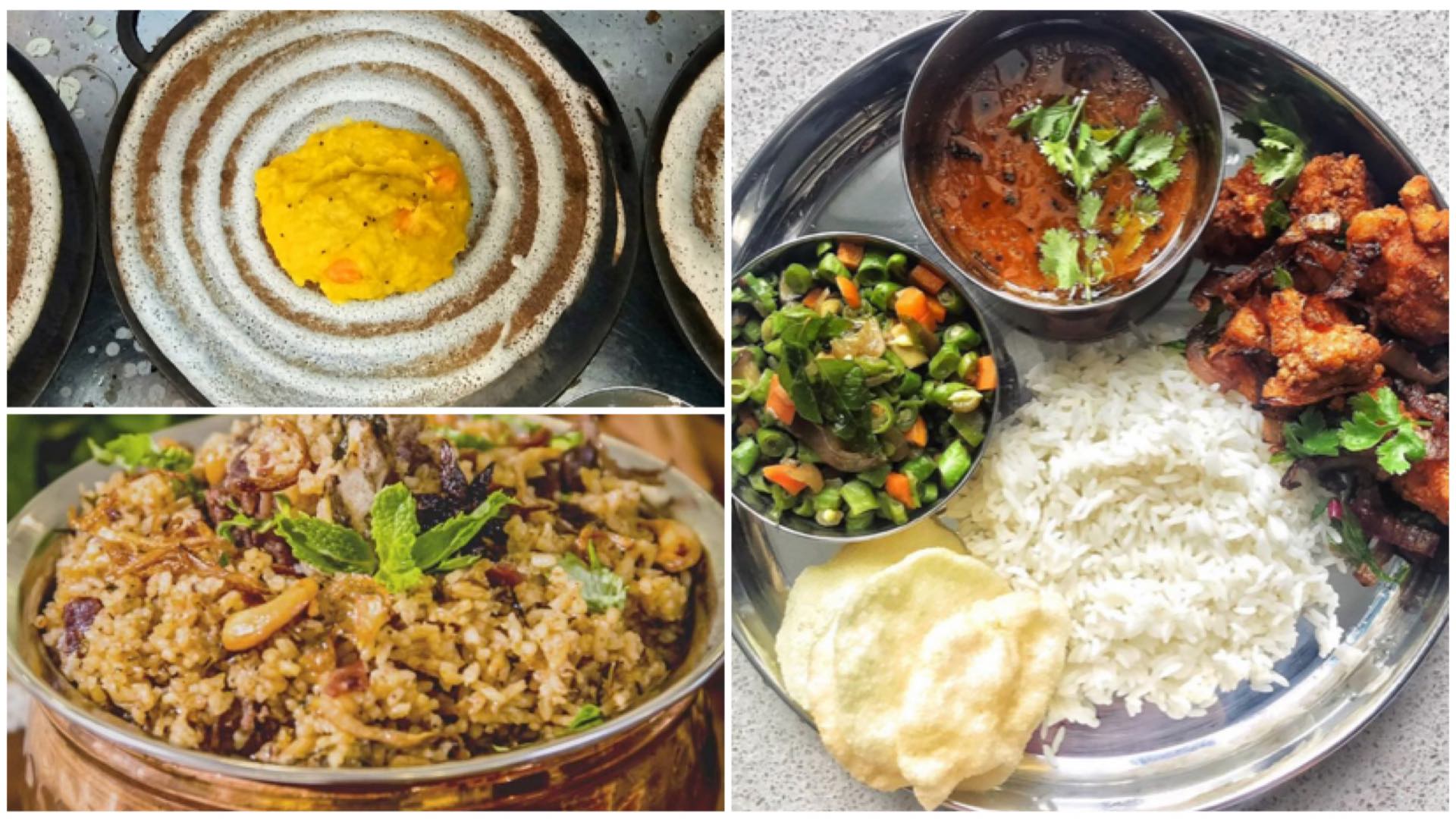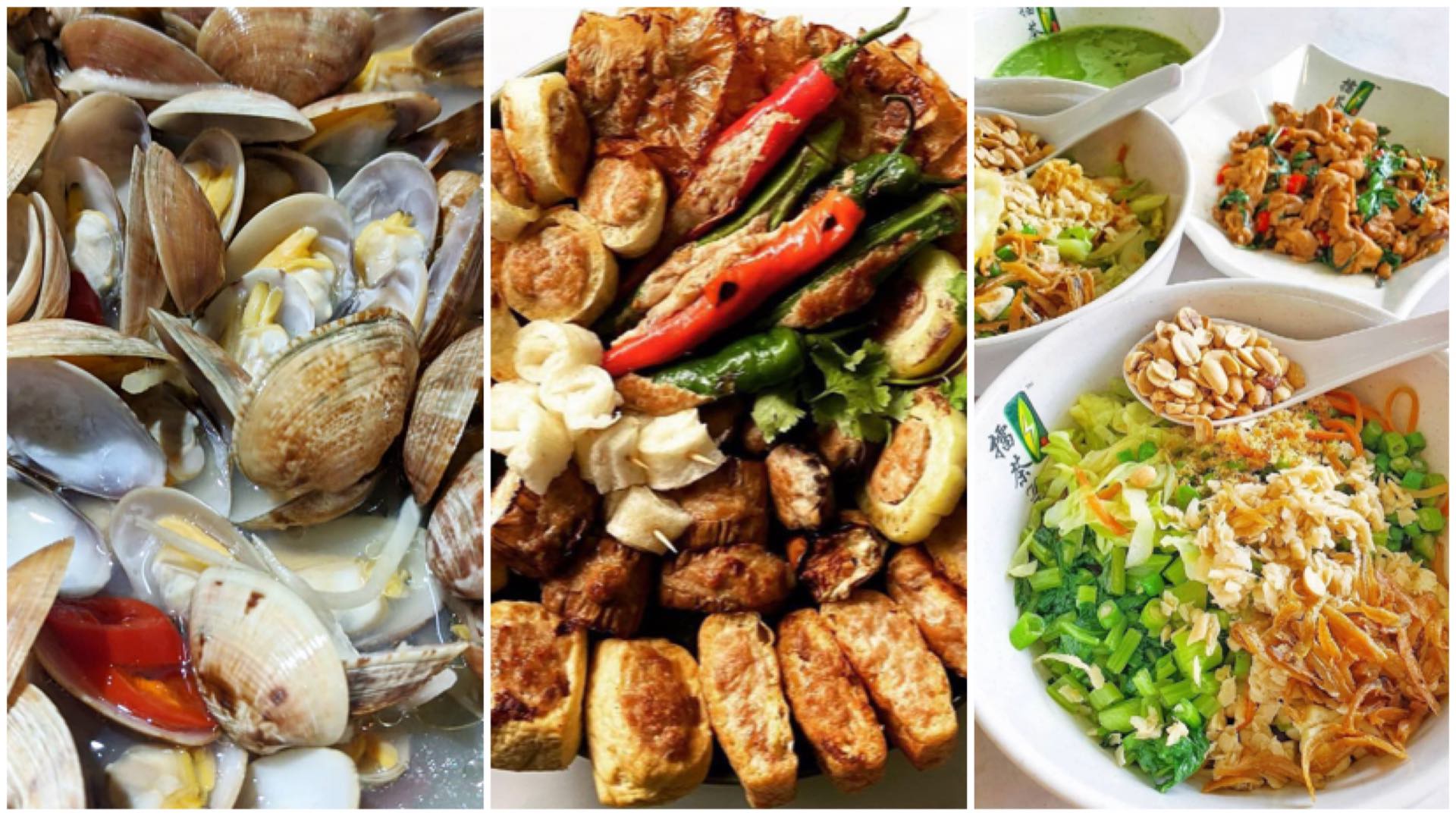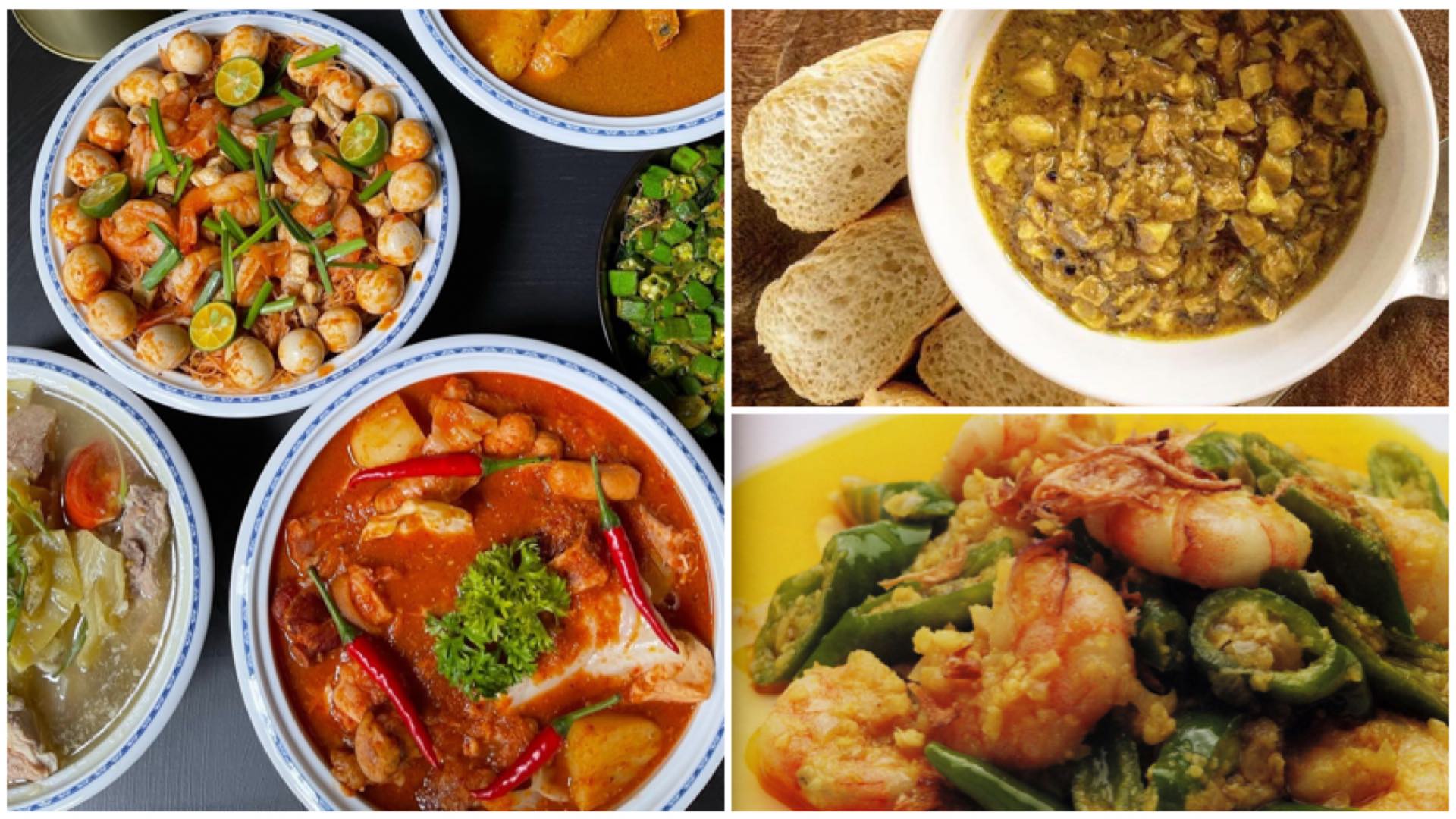Singapore Shiok: Cantonese Cuisine On Our Little Red Dot
Singapore’s early Cantonese community largely came from around Guangdong province, particularly from the southwest region near the Pearl River Delta.
Most of them settled around Kreta Ayer in Chinatown and plied their trades as carpenters, goldsmiths, carvers, mechanics and medicine wholesalers and retailers in shophouses along Temple Street, Pagoda Street and Mosque Street.
What is Cantonese cuisine?
Cantonese cuisine is originally mild. It is often said that a Cantonese chef’s goal is to preserve and highlight the ingredients’ original flavours so that little spice or sugar is used.
In their place, ingredients like chives, coriander leaves, ginger and black pepper anoint Cantonese dishes with a touch of spice. Judicious splashes of vinegar and soy sauce brighten dishes without overpowering them.
However, Cantonese cuisine in Singapore is much influenced by its community’s neighbouring races. In the hands of Singapore’s Cantonese diaspora, classics like dim sum and roast meat were sweeter, saltier, and generally heartier than they were in the motherland.
Restaurants like Spring Court - which was established well over 90 years ago in 1929 by former lorry driver Ho Loke Yee (1899-1991) - served dishes with a touch of spice and piquancy.
This reflected the tastes of Singapore’s early residents who were more accustomed to Indian and Malay flavours, as well as other Chinese dialect groups like the Hokkiens and Teochews.
It wasn’t until Hong Kong chefs began making their way to Singapore in the late 1980s that Cantonese cuisine began to take a more austere, elegant turn with cleaner flavours and smoother textures.
Posted by Fatty Weng Kitchen 肥仔榮小厨 on Wednesday, 20 September 2017
Foods that soothe the soul
Many Cantonese comfort foods are fried – think stir-fried beef, fried rice, or fried noodles, which are tossed in a searing wok to not only yield complex textures but also seal in that all-important wok hei, or “breath of the wok”.
This deep smokiness is integral to good Cantonese fare. Also essential to the cuisine are nourishing double-boiled soups that are always served at family meals.
While the Cantonese were only the third largest dialect group in early Singapore, their cuisine has spread far and wide across the island.
Zichar, wantan mee, roast meats, economical rice, dim sum, elegant Cantonese banquets, and noodle houses can be found at every turn – much more so than the food of other Chinese dialects here.
Today, several Cantonese restaurants have even earned Michelin Stars. These include Summer Pavilion at The Ritz-Carlton, Millenia Singapore, Summer Palace at Regent Singapore, and the unassuming Chef Kang’s along Mackenzie Road.
More humble, time-honoured Cantonese establishments include Swee Choon Tim Sum Restaurant, which has evolved so that its food is now available on delivery apps; Fatty Weng, which has been in business since 1967 and continues to serve old-style roasts and zichar dishes; Red Star Restaurant, which continues to ply dim sum on trolleys manned by wait staff that are as elderly as they are cantankerous; and of course, Spring Court, where a taste of old-world Singapore can be had in dishes like roasted chicken stuffed with minced prawns and yam rings filled with a tasty stir-fry of vegetables and prawns.
For the latest updates on Wonderwall.sg, be sure to follow us on Facebook, Instagram and Telegram. If you have a story idea for us, email us at [email protected].







